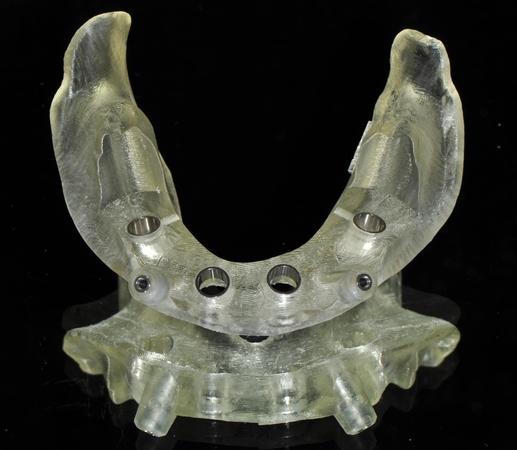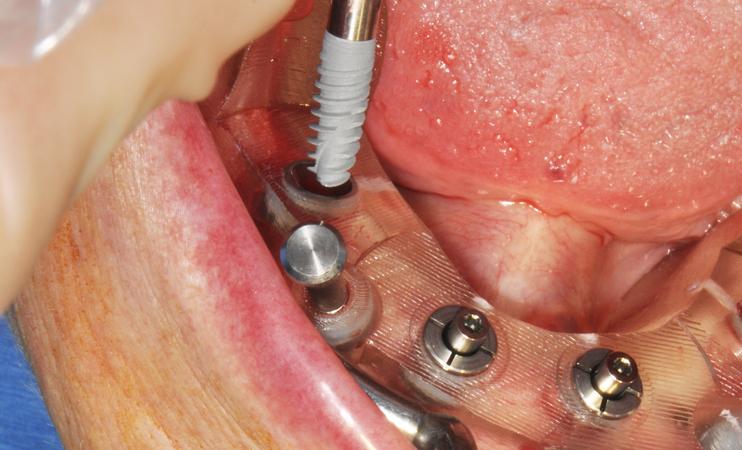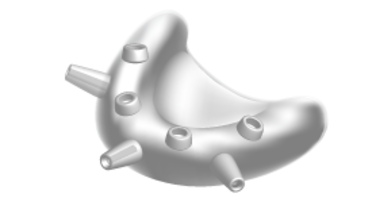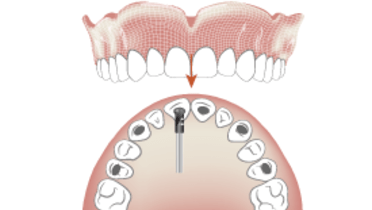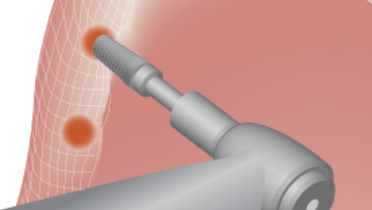-
0
Patient Assessment
- 0.1 Patient demand
- 0.2 Overarching considerations
- 0.3 Local history
- 0.4 Anatomical location
- 0.5 General patient history
-
0.6
Risk assessment & special high risk categories
- 5.1 Risk assessment & special high risk categories
- 5.2 age
- 5.3 Compliance
- 5.4 Smoking
- 5.5 Drug abuse
- 5.6 Recreational drugs and alcohol abuse
- 5.7 Parafunctions
- 5.8 Diabetes
- 5.9 Osteoporosis
- 5.10 Coagulation disorders and anticoagulant therapy
- 5.11 Steroids
- 5.12 Bisphosphonates
- 5.13 BRONJ / ARONJ
- 5.14 Radiotherapy
- 5.15 Risk factors
-
1
Diagnostics
-
1.1
Clinical Assessment
- 0.1 Lip line
- 0.2 Mouth opening
- 0.3 Vertical dimension
- 0.4 Maxillo-mandibular relationship
- 0.5 TMD
- 0.6 Existing prosthesis
- 0.7 Muco-gingival junction
- 0.8 Hyposalivation and Xerostomia
- 1.2 Clinical findings
-
1.3
Clinical diagnostic assessments
- 2.1 Microbiology
- 2.2 Salivary output
-
1.4
Diagnostic imaging
- 3.1 Imaging overview
- 3.2 Intraoral radiographs
- 3.3 Panoramic
- 3.4 CBCT
- 3.5 CT
- 1.5 Diagnostic prosthodontic guides
-
1.1
Clinical Assessment
-
2
Treatment Options
- 2.1 Mucosally-supported
-
2.2
Implant-retained/supported, general
- 1.1 Prosthodontic options overview
- 1.2 Number of implants maxilla and mandible
- 1.3 Time to function
- 1.4 Submerged or non-submerged
- 1.5 Soft tissue management
- 1.6 Hard tissue management, mandible
- 1.7 Hard tissue management, maxilla
- 1.8 Need for grafting
- 1.9 Healed vs fresh extraction socket
- 1.10 Digital treatment planning protocols
- 2.3 Implant prosthetics - removable
-
2.4
Implant prosthetics - fixed
- 2.5 Comprehensive treatment concepts
-
3
Treatment Procedures
-
3.1
Surgical
-
3.2
Removable prosthetics
-
3.3
Fixed prosthetics
-
3.1
Surgical
- 4 Aftercare
Guided surgery with drill guides
Key points
- Offers many clinical advantages compared to free-hand surgery
- More accurate achievement of what has been planned
- Matching of the planned/prefabricated dental prostheses
- Compatible with flapless surgery
- Maximal and not average deviations between the achieved implant position and the planned one, as revealed by clinical reports of the planning system used, should be taken into account
Advantages of a drill guide
Surgery using a drill guide fabricated on the basis of CT scan images transformed by a planning software offers several clinical advantages:
- more accurate execution of the planned surgery
- eventually a flapless insertion of implants
- avoiding anatomical structures within the bone
- avoiding bone augmentation procedures by optimizing the use of available jaw bone
- prefabrication of (provisional) prostheses allowing for immediate insertion
Considerations
- The precision of the transfer is technique-sensitive since a proper positioning of the drill guide towards the bone during surgery is a key issue. Any deviation of the guide will be reflected on all inserted implants. The maximal and not the average deviation between the achieved implant position and the planned one, as revealed by clinical reports of the planning system used, should be taken into account
- The surgeon remains responsible and must eventually opt for not following the planning
- A limited mouth opening can hinder the insertion of drills. Inserting the drills/implants with tweezers and then attaching the counterangle to them, helps
- Some planning softwares allow for the fabrication of drill guides which are placed either on the bone (open flap) or on the mucosa (flapless surgery)
Clinical topics
Related articles
Additional resources
Questions
Ask a question
Log in or sign up to continue
You have reached the limit of content accessible without log in or this content requires log in. Log in or sign up now to get unlimited access to all FOR online resources.
No payments necessary - FOR is completely free of charge.
